In Australia, you must drive on the left side of two-way roads.
Ask passengers to remind you each time you set off and when you are turning at an intersection. It could save your life.When walking across the road, remember to look right left and right again for traffic and cross only when safe to do so.
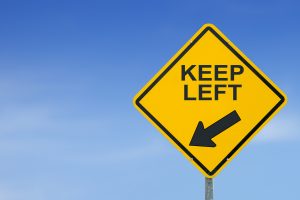
Seat belts and child restraints must be worn in vehicles.
It is your responsibility to ensure that you and your passengers wear seat belts. If you or your passengers don’t, you’ll be committing an offense and will be fine. Most importantly, seat belts are there for your safety and reduce the risk of injury and death in a crash significantly.
If you’re riding on a motorcycle moped or bicycle, you must wear a safety helmet in Australia. This law applies to non motorized scooters skateboards and roller blades too.

Stop sign means you must stop and give way to all vehicles.
Stop your vehicle just before the white stop line painted on the road. If there is no line, stop before entering the intersection and give way to all vehicles approaching from your left and right.
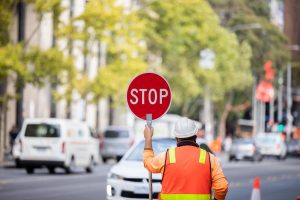
Speed limits are strictly enforced in Australia.
The speed limit is the maximum driving speed allowed. You must not drive above this limit. Some roads and street signs don’t have speed limit signs,but speed limits still apply on any road.
You must slow down to 25 kilometers an hour when passing a school bus that has stopped to set down or pick up children or in the vicinity of an emergency vehicle that has stopped on the road and is displaying flashing blue or red lights. As a general rule, on roads where there are no signs but there are streetlights or houses or other closely spaced buildings next to the road, the speed limit is 50 kilometers per hour. Where there are no signs, street lighting houses or buildings next to the road, the speed limit is a maximum of 100 kilometers per hour in most states and territories.
If there are bad weather conditions like rain or fog,make sure you drive slower. All states and territories have speed cameras, so slow down,drive safely and avoid heavy fines.
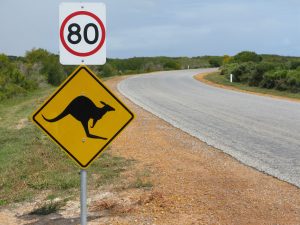
Centrelines
Where the centreline marking on the road is a single broken line, vehicles may cross the line to overtake when it is safe to do so. If the center marking has two lines,you must not overtake. If the line closest to your vehicle is unbroken. Where arrows are painted on the road, you must only drive in the direction they indicate.

Australia has strict laws and penalties on drink driving.
Driving after you have consumed alcohol is dangerous. Australia has strict laws and penalties on drink driving and police actively enforced them through random breath testing programs. If you have a full driver’s license, you must not drive if your blood-alcohol level is 0.05 percent or higher. At 0.05 percent blood-alcohol concentration, your risk of being involved in a crash doubles. If you are driving a bus truck or only hold a learner’s or provisional license, you must have a blood-alcohol concentration of zero.
Driving after taking drugs that affect your ability to drive is also illegal in all states and territories.Penalties are severe. Possession of illegal drugs is an offence as well.
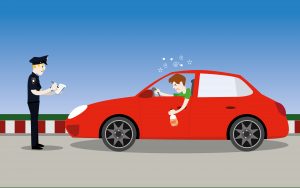
You are not permitted to use a handheld mobile phone when driving.
Using a mobile phone while driving can distract you from concentrating on the road. You are not permitted to use a handheld mobile phone when driving. This includes making or receiving calls, texting, playing games or web browsing.
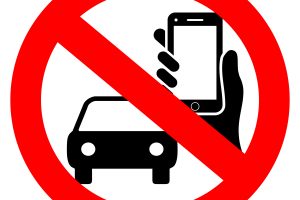
Triple zero is the number for emergency services in Australia.
Triple zero is the number for emergency services in Australia. They can connect you to police ambulance or the fire brigade. You should only contact triple zero in an emergency. For further information on Road laws and other important information for drivers, please visit www.qeeq.com .


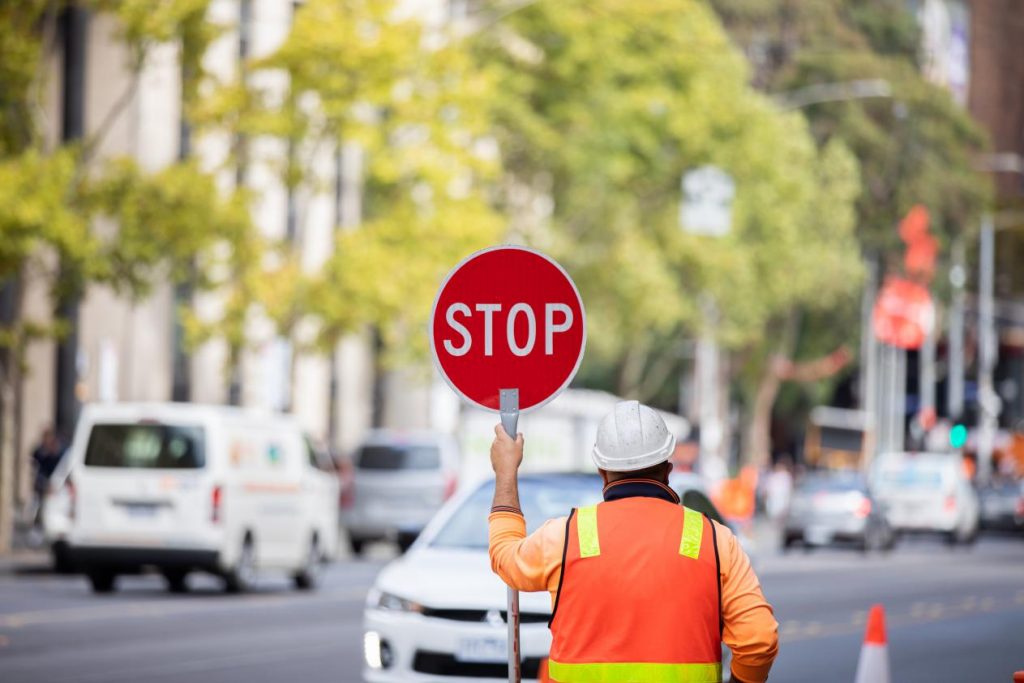
good! I would like to thank you for this article, from this article I came to know about the basic driving rules of Australia. Please keep giving us this information